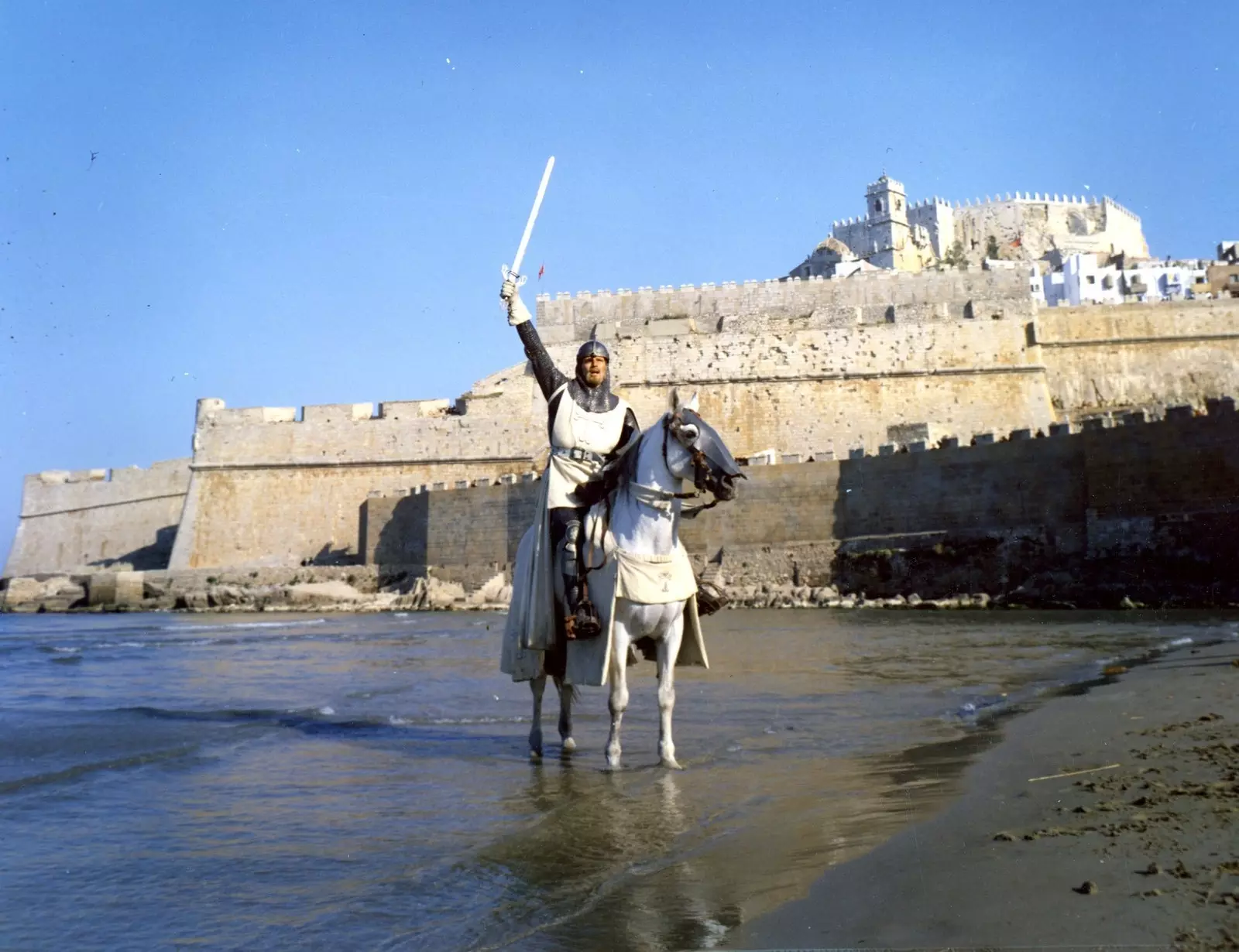
Frame from the film 'El Cid', by Anthony Mann
Coinciding with the premiere of El Cid, the new series of Amazon Prime Video , the Camino del Cid Consortium proposes us to immerse ourselves in a route that follows the footprints of the legendary medieval knight Rodrigo Díaz de Vivar after his exile.
The itinerary, which covers 2,000 kilometers and is divided into routes of between 50 and 300 kilometers in length - themed and marked -, crosses spectacular rural landscapes of the provinces of Burgos, Soria, Guadalajara, Zaragoza, Teruel, Castellón, Valencia and Alicante.
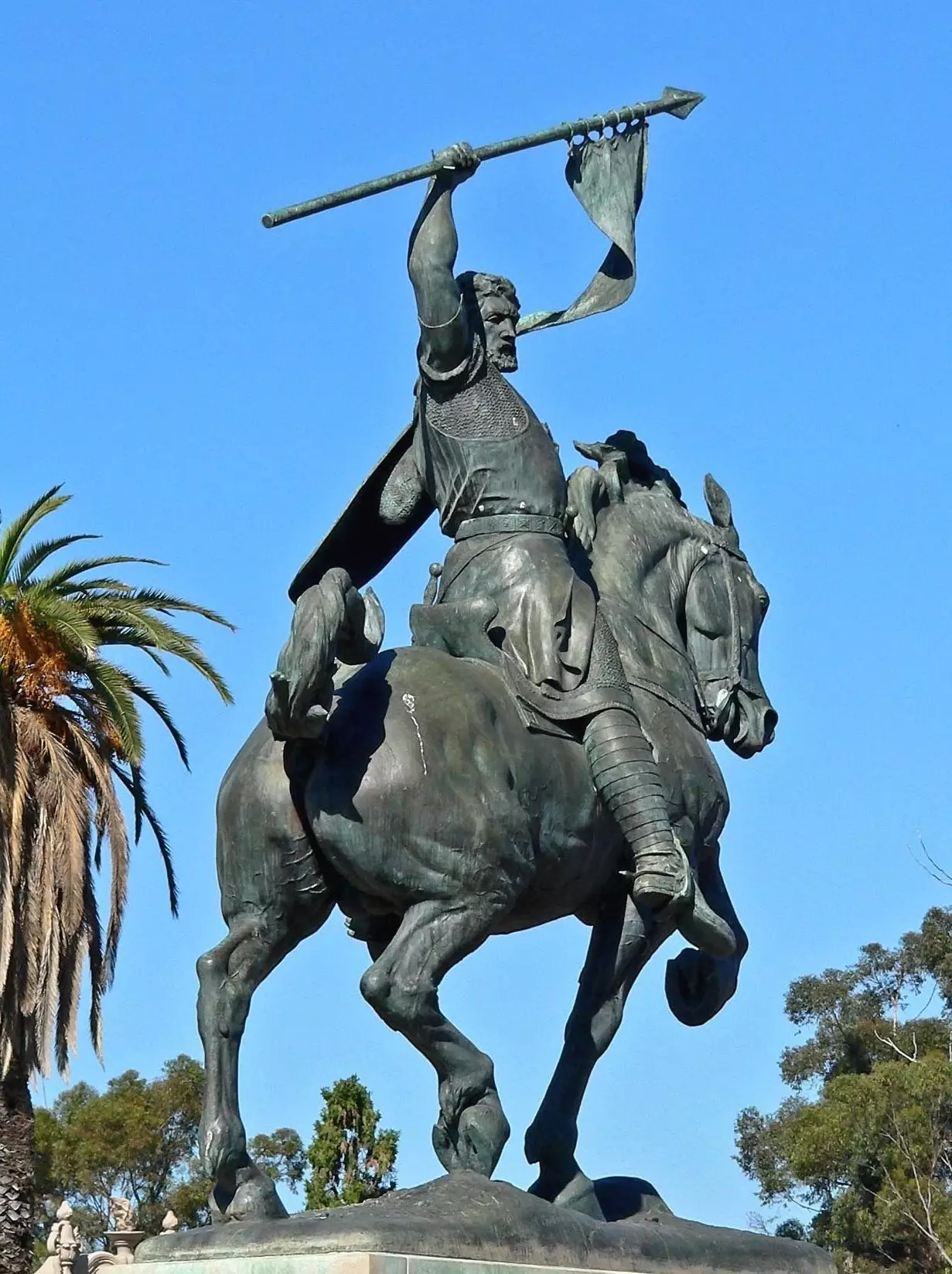
Cid statue, Valencia
Eight World Heritage Sites of medieval origin, 39 towns declared a historic-artistic site , seventy natural spaces, more than two hundred castles and watchtowers and some outstanding examples of Romanesque, Gothic, Islamic and Mudejar art These are the jewels that the road hides, which, until reaching the coast of the Valencian Community, advances through sparsely populated landscapes, considered border territories during the Middle Ages.
But apart from the beauty of monuments like the Burgos cathedral or the architectural richness of regions such as Aragón, what really adds value to this fascinating route is the story behind it: the Cantar de mio Cid, one of the great milestones of Spanish literature.
HOW CAN IT BE DONE?
recreate the most epic epic sing of the Middle Ages It is one of those experiences that is worth living at least once. The way to do it? There is an option for each type of traveler:
- Walking: along country roads and trails.
– By mountain bike: although the journey coincides with the routes for hikers , in the most difficult sections deviations are proposed which then rejoin the main path.
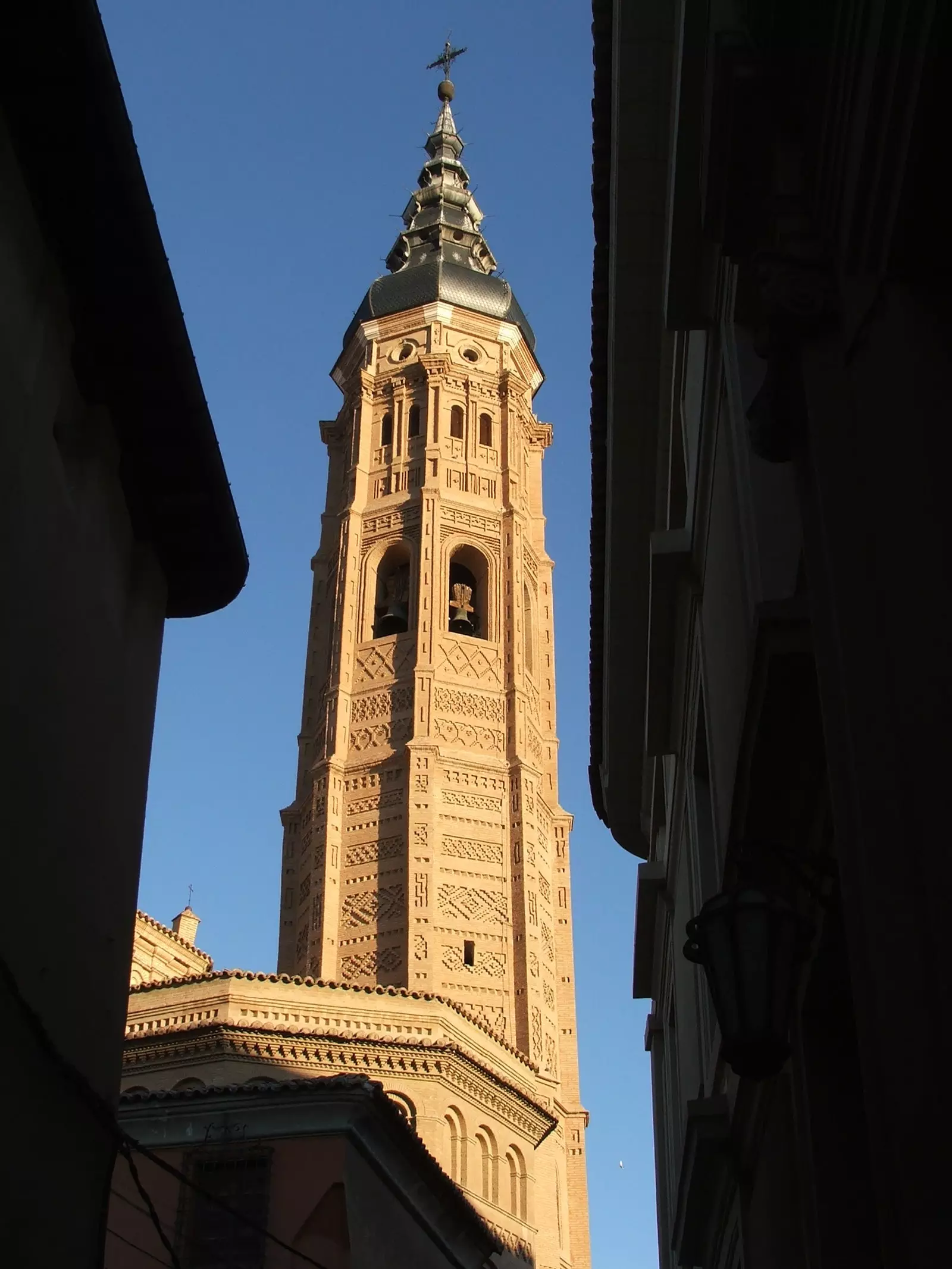
Mudejar tower of Santa María, in Calatayud (Zaragoza)
– By bike, by road: this is the best alternative for those who prefer asphalt. Although for the most part the routes for cars and cycle tourism coincide This is not always the case: in some sections, cyclists follow bike lanes and other paved roads that are not suitable for cars.
– Motor vehicles: walk the Camino del Cid by car or motorcycle it's possible. The journey will be through secondary roads and some expressways.
THE ROUTES
A total of eleven itineraries give life to the Camino del Cid. These are the routes that you can choose to delight yourself, as Rodrigo Díaz de Vivar did in his day, with the rural beauty of Castilla y León, Castilla-La Mancha, Aragón and the Valencian Community:
– The Exile (Burgos, Soria and Guadalajara): evokes the first days of the exile of the Cid narrated in the song, although it also includes other passages of the poem, such as the Corpes affront.
· Route: of Live the Cid to Atienza.
· How to do it: on foot, by mountain bike, by road bike and by motor.
– Borderlands (Guadalajara, Soria and Zaragoza): cross the lands of border of the kingdom of Castile and the Taifa of Toledo and Zaragoza, territory in which the Cid and his men must survive by imposing his law in riots and battles.
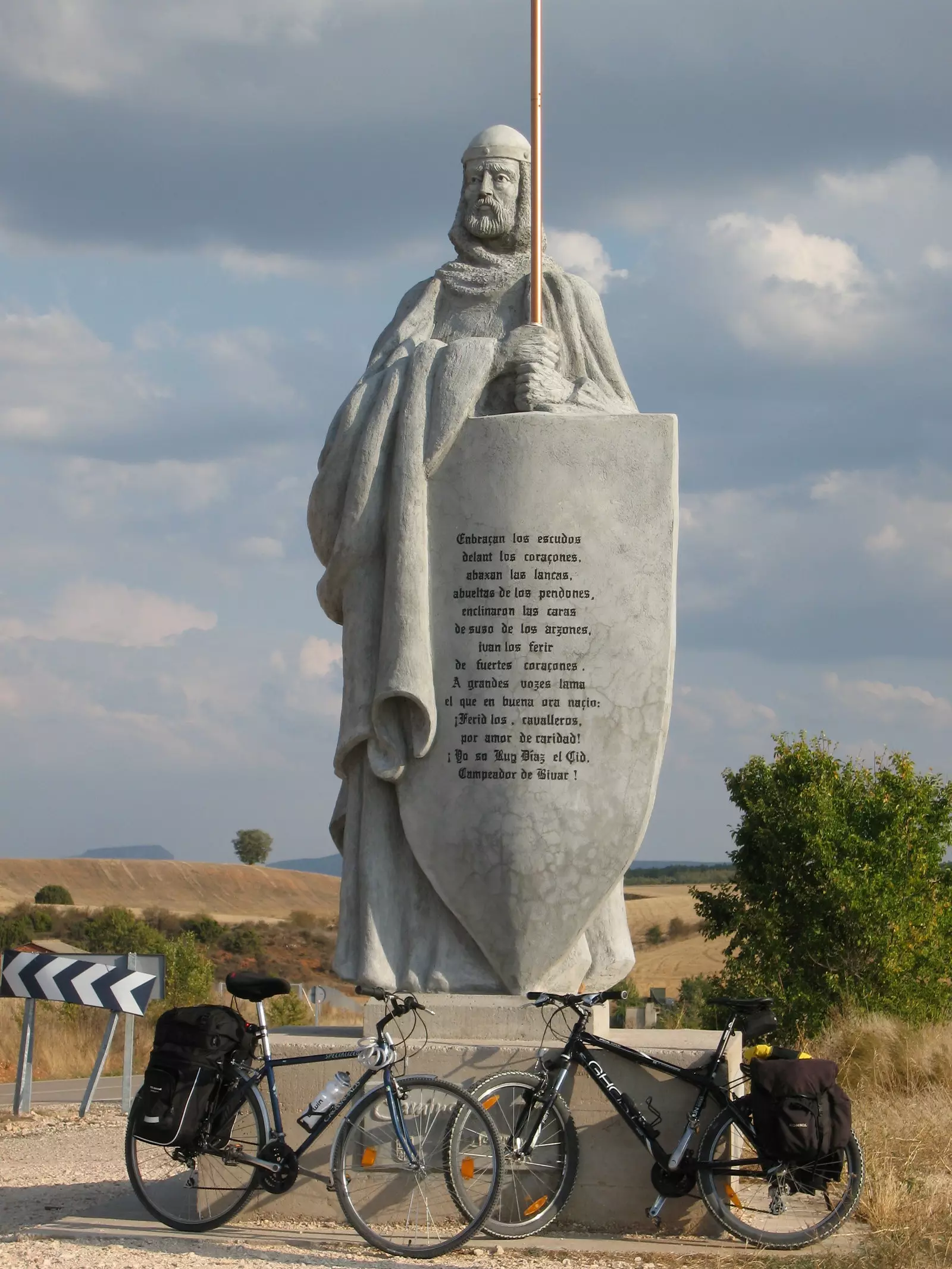
Cid statue, Mecerreyes (Burgos)
· Route: of start until Ateca-Calatayud.
· How to do it: on foot, by mountain bike, by road bike and by motor.
– The Three Taifas (Guadalajara, Zaragoza and Teruel): travels the territories of the Taifas of Zaragoza, Toledo and Albarracín. The traveler will be able to follow the different medieval paths that linked Daroca with Molina de Aragón and Albarracín to Cella, the place chosen by the Cid to wait for all those who wanted to accompany him to the conquest of Valencia.
· Route: from Ateca to Cella.
· How to do it: on foot, by mountain bike, by road and motor cycle touring bike.
– The Conquest of Valencia (Teruel, Castellón and Valencia): Follow the historical itinerary that led El Cid to Valencia.
· Route: from Cella to Valencia.
· How to do it: on foot, by mountain bike, by road and motor cycle touring bike.
– The Defense of the South (Valencia and Alicante): After the conquest of Valencia, many concerns arose before the need to defend the city, that would resist the Almoravid thrust until 1102.
· Route: from Valencia to Orihuela.
· How to do it: on foot, by mountain bike, by road and motor cycle touring bike.
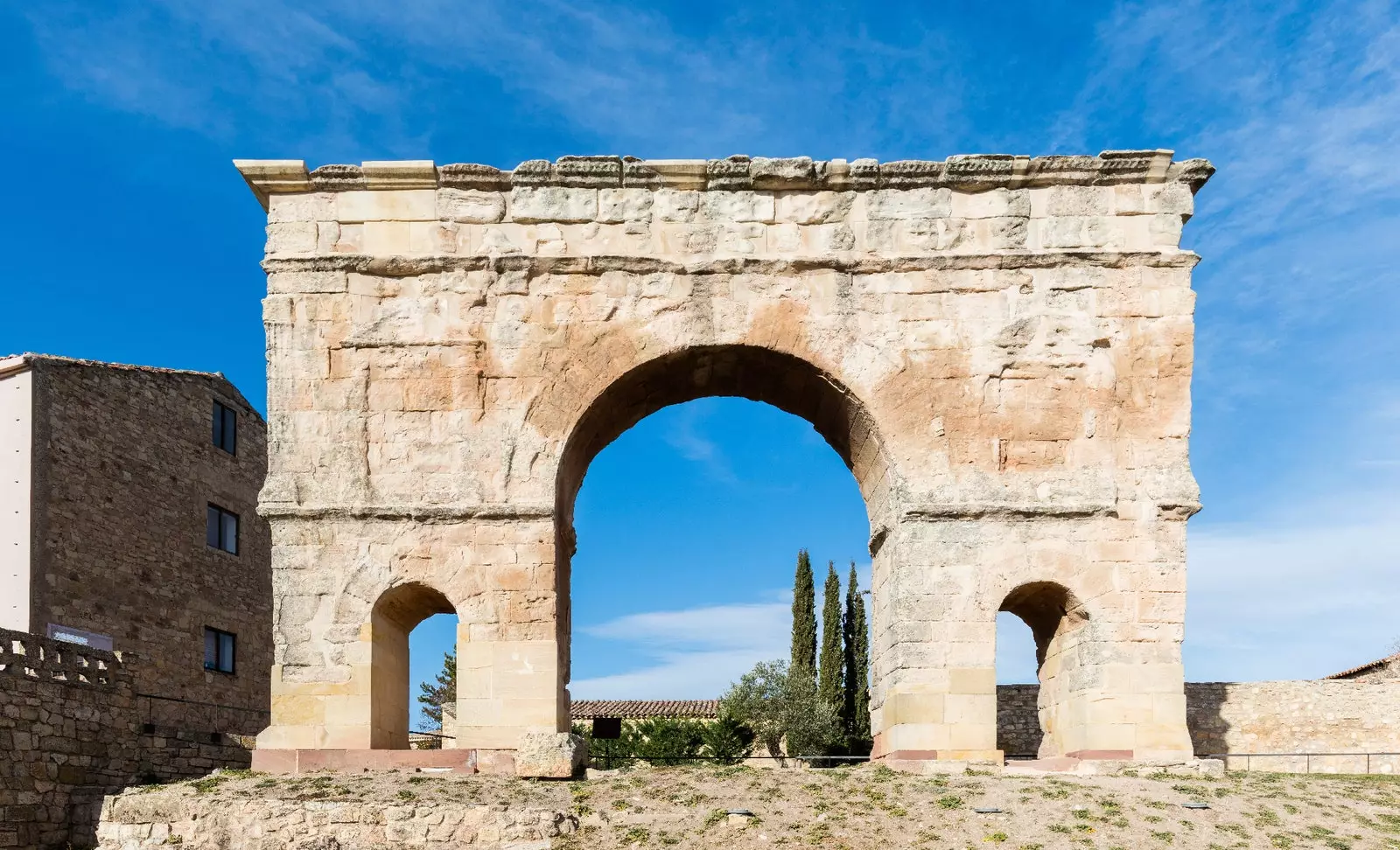
Arch of Medinaceli, Soria
– Branch of Álvar Fáñez (Guadalajara): this route is reminiscent of the fast attack of Alvar Fanez. According to the song, while the Cid took Castejón, his faithful lieutenant, accompanied by two hundred knights, he plundered the banks of the Henares.
· Route: from Guadalajara to Castejon de Henares.
· How to do it: on foot, by mountain bike, by road and motor cycle touring bike.
– Gallocanta Ring (Zaragoza and Teruel): Beyond the adventures of El Cid, the ring is of great environmental interest. Its epicenter is in cocksing , which for many scholars is the place of Alucad, mentioned in the song.
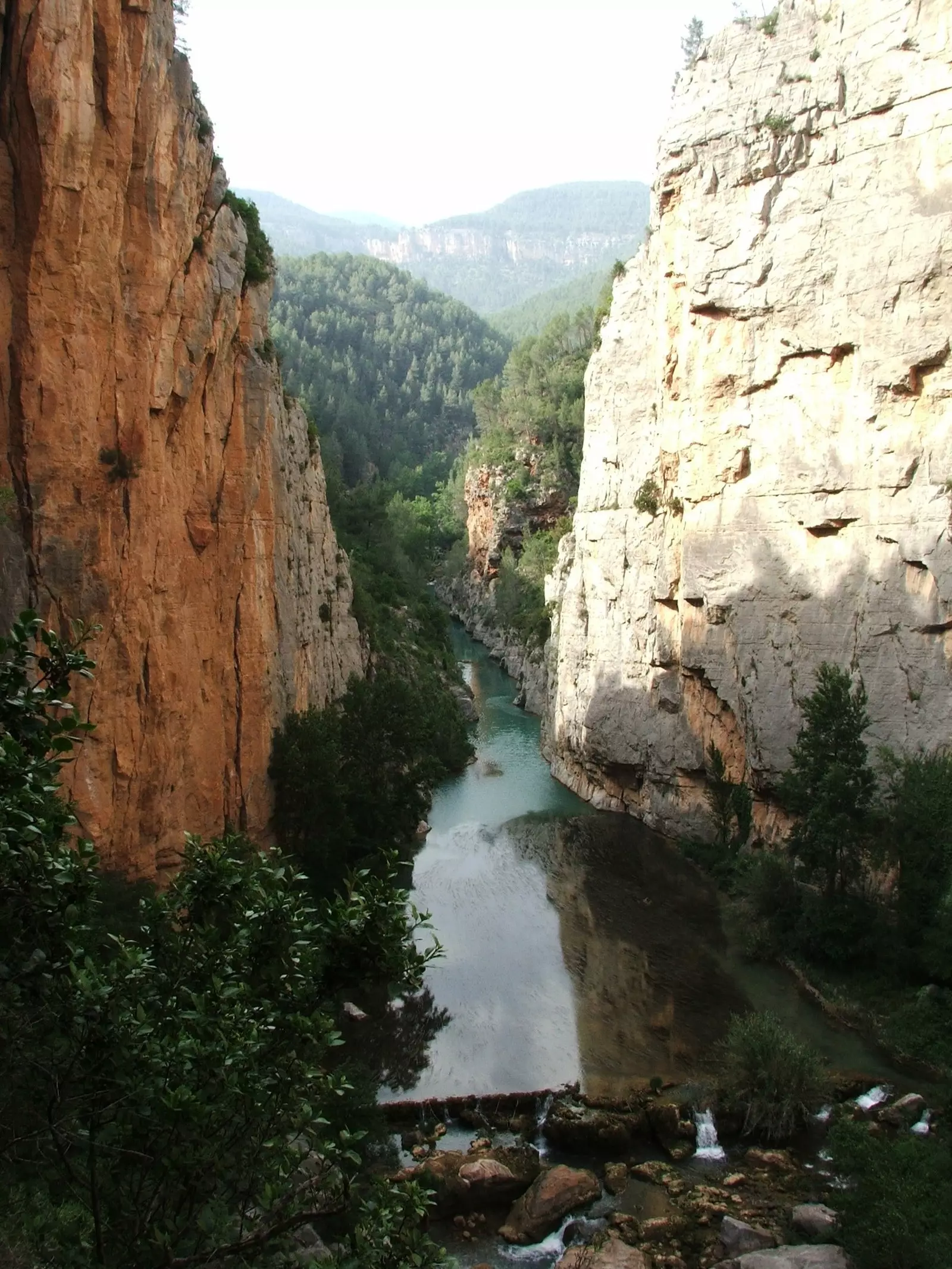
Montanejos (Castellon)
· Route: origin and end in Daroca (Zaragoza).
· How to do it: on foot, by mountain bike, by road and motor cycle touring bike.
– Montalban Ring (Teruel): This route is a tribute to the adventures of the Cid through the Teruel territories in search of resources with which to support his army.
· Route: from Luco de Jiloca to Calamocha (Teruel).
· How to do it: on road and motor cycle touring bikes.
– Ring of Morella (provinces of Teruel and Castellón): This road crosses fascinating mountain landscapes and has its epicenter in Morella and Olocau del Rey, **the famous nest of the Cid's eagle. **
· Route: circular route with start and finish in The Church of the Cid (Teruel).
· How to do it: on road and motor cycle touring bikes.
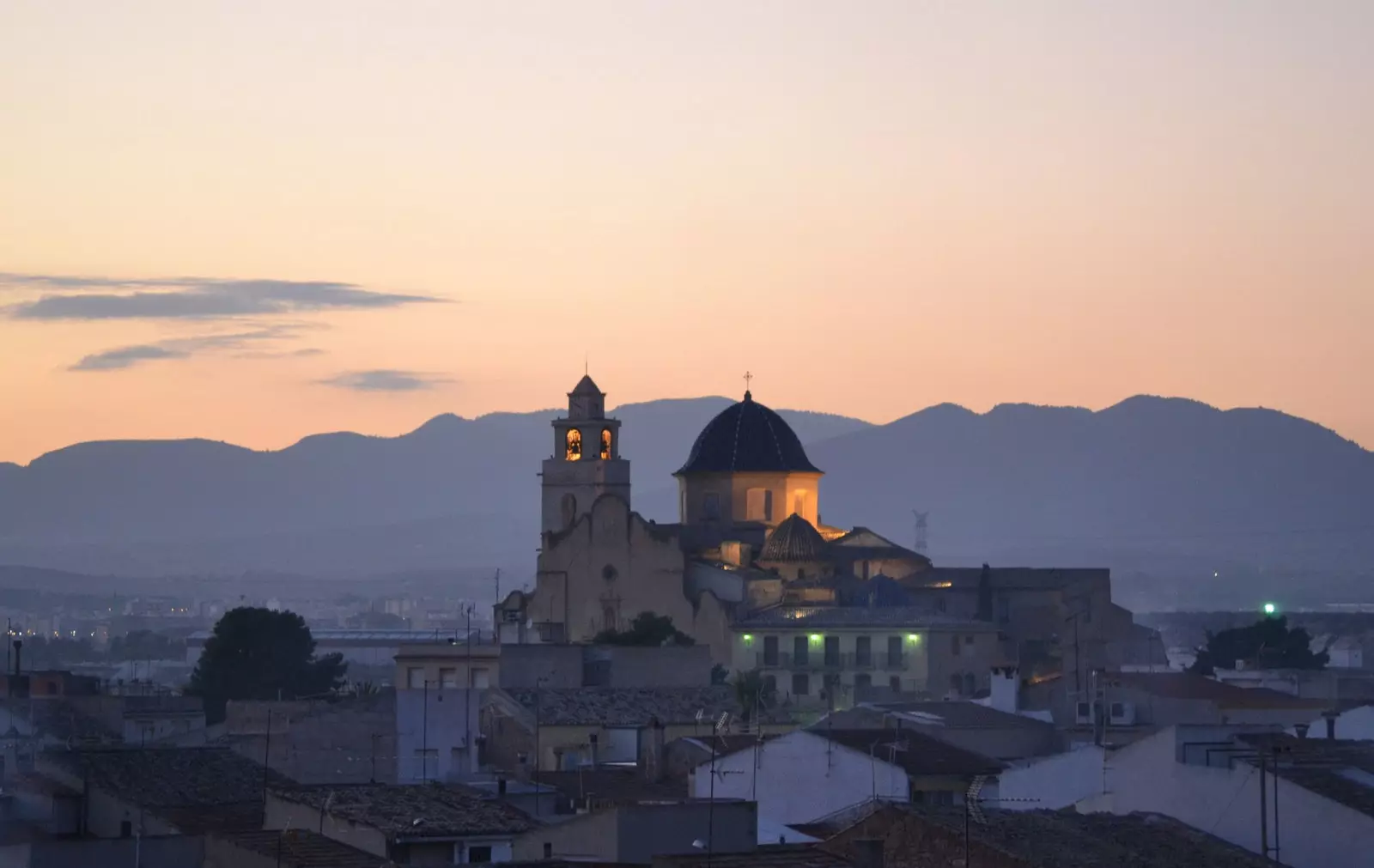
Monforte del Cid, Alicante
– Maestrazgo ring (provinces of Teruel and Castellón): The foothills of the Maestrazgo, due to their geostrategic importance, were also a place of passage for the Cid and his entourage. The epicenter of this ring is at the Castellón town of Onda.
· Route: circular route with start and end in Rubielos de Mora (Teruel).
· How to do it: on road and motor cycle touring bikes.
– Branch of Castellón (provinces of Castellón and Valencia): this route, in which the orange groves and the warm beaches are the protagonists, continues the defensive line that El Cid created along the Levantine coast to defend Valencia.
· Route: from Sagunto (Valencia) to Castellón.
· How to navigate: in motor vehicles.
To access information such as maps, route tracks, travel guides, accommodation or tourist offices , visit the website of the Camino del Cid Consortium.
